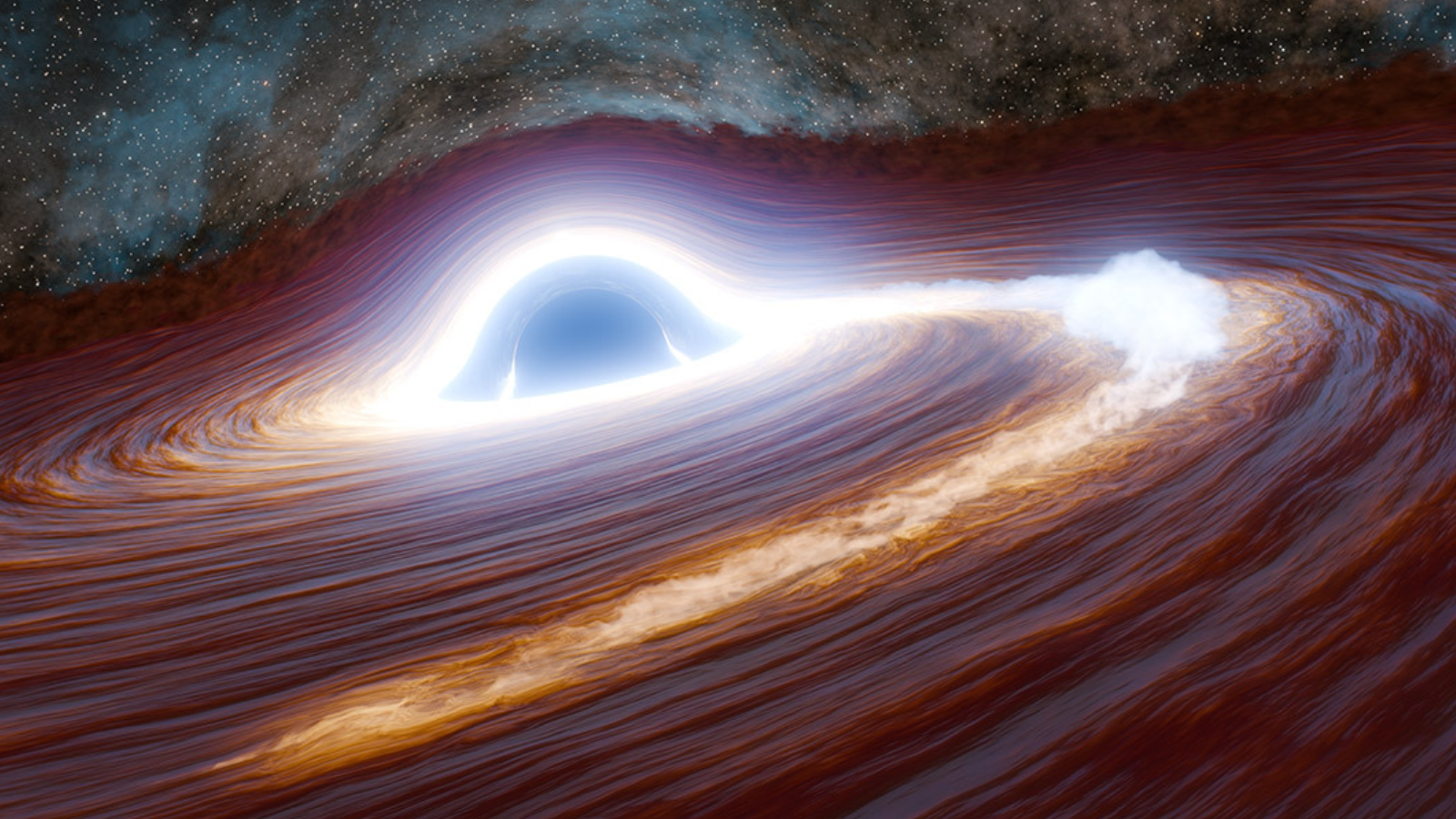Dennis Tito's 2021 Human Mars Flyby Mission Explained (Infographic)

Editor's Note: Inspiration Mars officials are now hoping to aim for a 2021 launch for this planned Mars flyby mission, a flight profile that woudl also include a flyby of Venus. The text below describes the initial 2018 flight profile.
For Mars flight, a capsule modified from NASA’s Orion spacecraft is mated to a habitat module derived from Orbital Sciences Corporation’s Cygnus pressurized cargo spacecraft. A service module docked to the front of the vehicle carries solar panels. The habitat is boosted into Earth orbit by NASA’s Space Launch System heavy-lift rocket.
Gallery: Inspiration Mars - Private Mars Flyby Mission Unveiled
For Mars flight, the capsule would have to be modified to support two astronauts for the 501-day round trip. An inflatable habitation module could be docked to the front of Dragon for additional living space and for carrying more supplies.
The crew of two would probably consist of a middle-aged married couple. The danger of radiation damage during the flight would suggest that a man and a woman who are past reproductive age would be preferable.
The Orion capsule would be lofted into space by the Space Launch System heavy-lift booster. The 2018 launch window represents a rare opportunity for a fast trip of only 501 days.
The flight path is of the “gravity-assist” type, where the spacecraft falls along its course without the need for major rocket engine firings.
Breaking space news, the latest updates on rocket launches, skywatching events and more!
In 1956, Italian astronomer Gaetano Crocco wrote a paper detailing how a spaceship could coast all the way around Mars and back to Earth, without using rockets along the way. This trajectory is called “free return” and was also used by the Apollo astronauts to reach the moon.
Mariner 10 was the first unmanned probe to use a gravity-assist technique to visit Venus and Mercury in the early 1970s.
The plan for the Inspiration Mars flight calls for the spacecraft to first fall inward toward the sun to be accelerated by the sun’s gravity. Then the craft is hurled outward, passing Earth’s orbit to intercept Mars near the height of its trajectory.
- The Boldest Mars Missions in History
- Mars Explored: Landers and Rovers Since 1971
- Giant Leaps: Top Milestones of Human Spaceflight
- Photos: The First Space Tourists
Follow SPACE.com on Twitter @Spacedotcom. We're also on Facebook & Google+.

Karl's association with Space.com goes back to 2000, when he was hired to produce interactive Flash graphics. From 2010 to 2016, Karl worked as an infographics specialist across all editorial properties of Purch (formerly known as TechMediaNetwork). Before joining Space.com, Karl spent 11 years at the New York headquarters of The Associated Press, creating news graphics for use around the world in newspapers and on the web. He has a degree in graphic design from Louisiana State University and now works as a freelance graphic designer in New York City.
